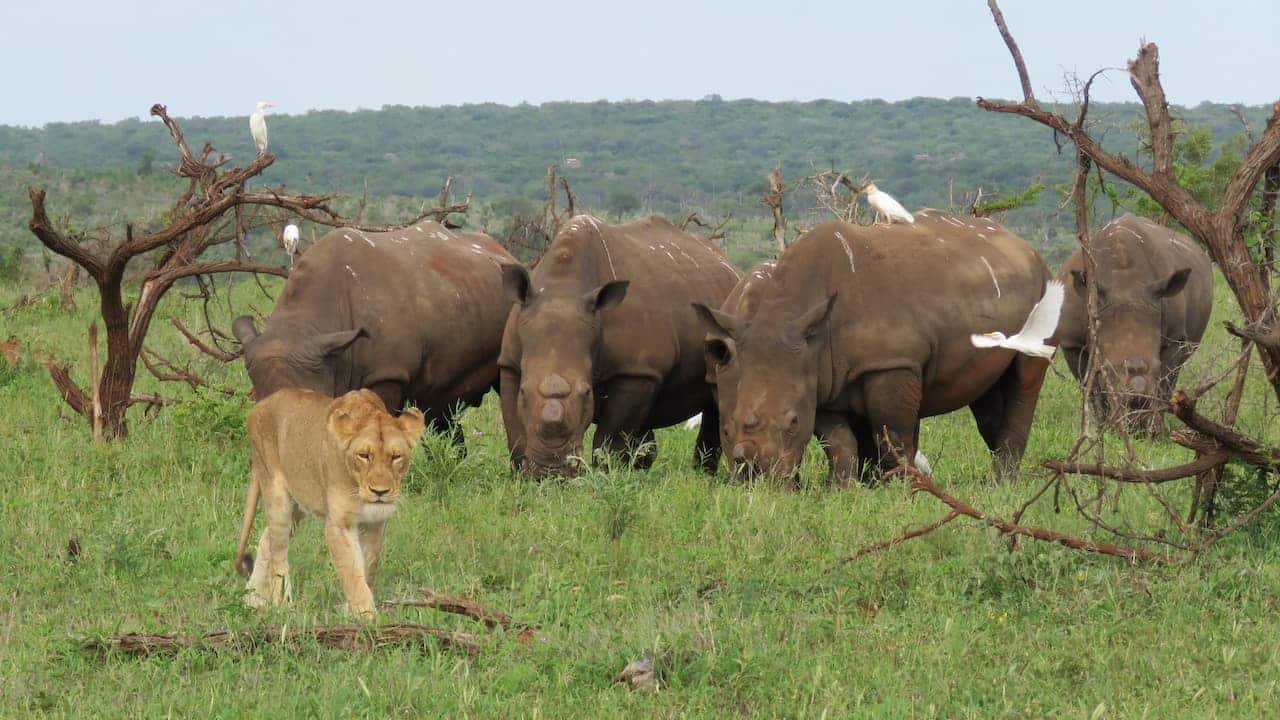Adventure Tourism from a Legal Perspective – Part 4
This series of articles explores the legal aspects associated with the risks of operating an adventure tourism business, with specific relevance to the legal framework applicable to South Africa.
Part 1 in this series provided definitions for the term Adventure, while Part 2 looked at risk in terms of Nationality of Participant, Service Providers, Bookings, and Terms & Conditions, and Part 3 covered Indemnity and Requirements of the Consumer Protection Act (CPA).
Part 4. By ‘Louis The Lawyer’
Risk Identification
All the risks pertaining to and inherent in the activity must be identified and addressed. This is done by a theoretical (and regular) brainstorming session(s) and a physical inspection/visit of the entire terrain. The Service Provider (‘SP’), owner (of the venue, equipment, etc) as well as experts and the insurance broker should be involved.
A very important aspect to address in the process is the issue of products liability in terms of the CPA – the latter makes the supplier of the product (e.g. canoe, kayak, and zip line) absolutely liable for any liability – this means there is no requirement of negligence, and an indemnity will not ‘get you out of jail’! Furthermore an intermediary arranging the supply can be deemed to be the supplier and thus also liable.
Where the SP is not the actual supplier of e.g. the bungee jump, the supplier of the latter should be subjected to a (regular and not just once off) due diligence.
Over and above addressing the ‘onsite’ risks/physical issues by means of e.g. removing imminent and unnecessary dangers e.g. rocks and trees on a downhill mountain bike run, signage and documentation should form part of the exercise.
Risk Acknowledgement, Ownership, Culture & Management
It is amazing how many entrepreneurs simply jump in to make a quick buck without doing any of the above.
Conversely it is equally surprising that some parties will go ‘to the end of the earth’ in limiting their risk vis a vis the Pax, but then they will engage a dubious SP to provide e.g. the river rafting without doing the due diligence etc – often price (and sadly greed) is the motivating factor. As suggested by Andre du Toit of SATIB Insurance Brokers, such a culture of ‘shooting yourself in the foot’ creates short gain but long term loss.
Ownership and management of the entire risk profile is imperative – this entails what I call the critical transactional path, which includes the documentary (e.g. T&C, indemnity, etc) and physical (e.g. signage) one (as discussed above).
It is not a crime to be risk averse and it will certainly not harm your business in the long run – hand in hand with that is creating a culture of ‘prevention is better (and certainly cheaper!) than cure’ AS WELL as a ‘do as I do’ and NOT ‘do as a say’ approach.
Staff Training
Many SP will engage untrained/non-skilled employees but do so at their own peril and in doing so can not only do their own business serious harm but also the industry at large.
Vetting and training of staff is paramount, not only regarding the ‘hands-on’ skills but also knowledge about the CPA, POPI and insurance cover.
Signage
Indemnity/waiver signage must be used/go in hand with a sound indemnity and waiver form. As with the indemnity, particular requirements of the CPA must be met.
To be continued in Part 5 (November 2016).
Disclaimer: This article is intended to provide a brief overview of legal matters pertaining to the adventure tourism industry and is not intended as legal advice. © Adv Louis Nel, ‘Louis The Lawyer’, October 2016.





